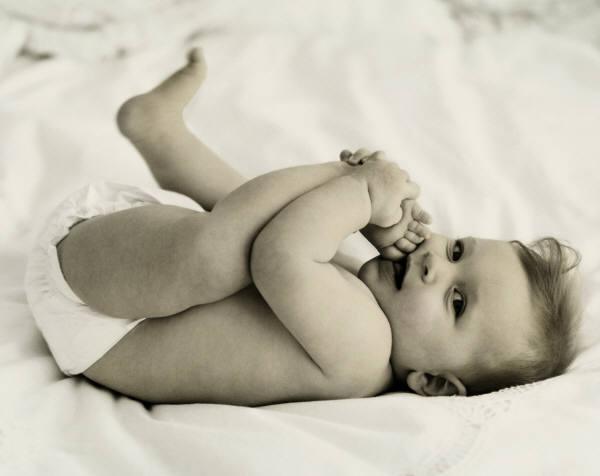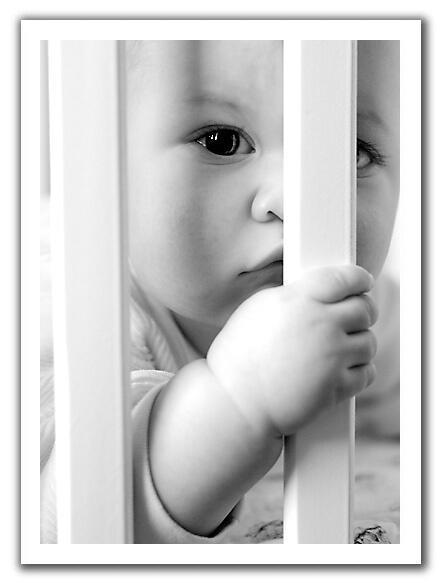Over the Seine on the Left Bank is the precinct of the Université de Paris (known for its most famous branch, the Sorbonne), where students meet and fall in love over café crème and croissants. It was named the Quartier Latin after the students and the professors who spoke Latin in the classroom and on the streets. The impressive fountain at Place St-Michel marks the beginning of the Quartier Latin. Sorbonne, along Boulevard St-Michel is one of the most famous academic institutions in the world. It was founded in the 13th century for poor students who wished to pursue theological studies. By the next century it had become the most prestigious university in the West. To the left at the end of Boulevard St-Michel is the Pantheon. The neoclassical building with a huge dome was originally a church. It was ordered by Louis XV in thanksgiving for his having recovered from a serious illness. After the Revolution, the church was converted to a "Temple of Fame" and became a pantheon for the great men of France. Some of the most famous men in French history are buried here. Only one woman has so far been deemed worthy of placement here: Marie Curie, who joined her husband, Pierre.
On the opposite side of Boulevard St-Michel is Jardin du Luxembourg, one of Paris's best-loved parks. It has always been associated with artists, though children, students, and tourists predominate nowadays. The gardens are in classic French tradition: well groomed and formally laid out, the trees planted in patterns.
 Top left: Sorbonne, top right: Pantheon, bottom: Jardin du Luxembourg
Top left: Sorbonne, top right: Pantheon, bottom: Jardin du Luxembourg
Leaving the Quartier Latin, I made my way back to Notre-Dame and cross the footbridge behind Notre-Dame to another island in the Seine River, Ile St-Louis. Here, it's a world of tree-shaded quays, town houses with courtyards, restaurants, and antiques shops. Ile St-Louis is primarily residential; nearly all the houses were built from 1618 to 1660, and have remained much as it was back then.
When Paris began to overflow the confines of Ile de la Cité in the 13th century, the citizenry began to settle in Le Marais, a marsh that used to be flooded by the Seine. By the 17th century, the Marais had become the center of aristocratic Paris. Today, it has become Paris's center of gay/lesbian life and the latest refuge for the Paris artisan. It is a great place for window-shopping at trendy boutiques, up-and-coming galleries and more. One of the focal point of Marais is Place de la Bastille. This used to be the site of the Bastille prison which loomed over Paris with eight huge towers. On July 14, 1789, a mob attacked the prison, igniting the French Revolution. Now, nothing of this symbol of despotism remains. Cologne de Juillet stands in the middle of Place de la Bastille. It doesn't commemorate the French Revolution but honors the victims of the July Revolution of 1830, which put Louis-Philippe on the throne after the heady but wrenching victories and defeats of Napoleon Bonaparte. The winged God of Liberty, whose forehead bears an emerging star, crowns the tower.
About a block away from Place de la Bastille is Place des Vosges, the oldest square in Paris and once its most fashionable. Laid out in 1605 by order of Henry IV, it was the scene of innumerable cavaliers' duels. A tiny park in the middle is flanked by 36 matching brick-and-stone pavilions with red and gold brick and stone facades. The pavilions rise from covered arcades which are now occupied by antique dealers, booksellers, and cafes. The buildings were constructed according to a strict plan: The height of the facades is equal to their width, and the height of the triangular roofs is half the height of the facades. Over the years, many famous Parisian took up residence here, the best known of whom was Victor Hugo, the writer of Hunchback of Notre-Dame.

Left: Place de la Bastille, right: Place des Vosges







No comments:
Post a Comment